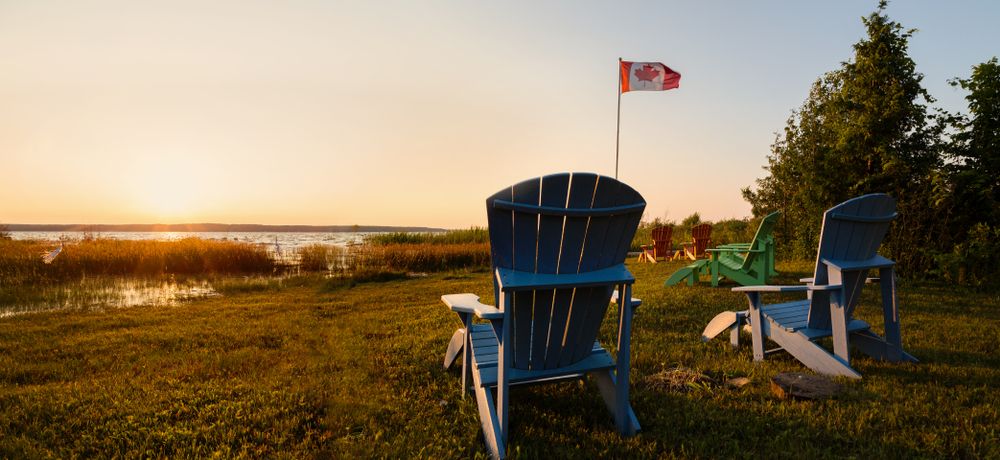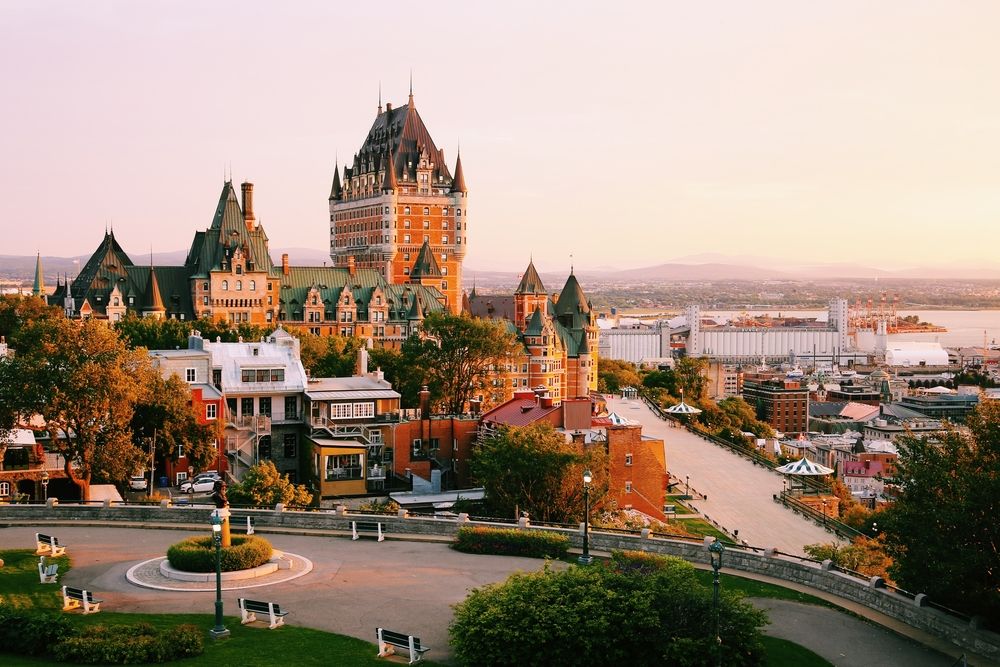Rulog Blog In North America
CULTURE IN CANADA
The arts of Canada
Literature
The first truly Canadian literary works were written in French by explorers, missionaries, and settlers, and many of them became the inspiration for subsequent writings. Some were notable literature, such as Marc Lescarbot’s Histoire de la Nouvelle France (1609; History of New France). The first major contribution in English was made by Thomas Haliburton of Nova Scotia, with his The Clockmaker; or, The Sayings and Doings of Samuel Slick of Slickville (1836). The years following were also marked by some works that have become classics—for example, William Kirby’s Golden Dog (1877), Robert W. Service’s Trail of ’98 (1910), Sara Jeannette Duncan’s The Imperialist (1904), the humorous works of Stephen Leacock, and the long series of Jalna novels by Mazo de la Roche. From roughly the mid-16th to the mid-18th century, the colonial literature of New France was published in France and intended for European readers. The first French books to be published in Canada appeared only in the 1830s. Much writing thereafter was influenced by the strongly Roman Catholic Quebec movement.
Inuit Culture
Inuit people reside in Canada’s far north regions, reaching into the Arctic Circle. They adapted to live in extreme weather climates and have done so (and still do) for over 5,000 years by hunting and trapping seasonal animals, and living in igloos and thules (moveable, tent-like structures made out of whale bones and animal skin).
Today, the Inuit are very much in-tune with modern times, and (contrary to popular belief) they do not live in igloos. Most live in single-story, prefabricated wooden houses which are heated with oil-burning stoves. However, housing varies across the vast regions.
Métis Culture
During the 1600s – long before Canada was united as a nation in 1867 – French and British fur traders and explorers married First Nations women, which eventuated in birthing a mixed-blood subculture known as the Métis.
A new language was eventually spawned, called Michif, a mix between European/French words and Native Canadian (mainly Cree and Ojibwe) dialect.
The Métis made a name for themselves as skilled hunter/trappers. They were known to be fiercely independent due to being looked-down-upon by European colonials and First Nations people.
This helped the Métis bond and band together, which led to the creation of a vibrant, proud community known for their decorative uniforms, horses
TRADITION
Cottage culture
 The cottage on the lake, the cabin in the woods — cottage culture is an essential part of the national lore.
The cottage on the lake, the cabin in the woods — cottage culture is an essential part of the national lore.
When I first moved to Canada, I really didn’t understand the significance of spending the weekend “up north,” but after almost a decade I do say I miss them terribly.
Particularly in Ontario, the term cottage induces memories of summers spent on lakes, filled with crackling campfires, picturesque sunsets and afternoons full of boat rides and water sports.
There are hamburgers and milkshakes, and spending all day on a lakeside dock listening to music with friends that live around you. Google “Muskoka sunsets” or “Muskoka chairs” and you will get the vibe.
Cottages are not necessarily a status thing either — sure, there are some Hamptons style cottages in Canada, but for the majority of the country it is an opportunity to leave the business of cities behind and spend some time unwinding.
There are regional words for them as well: in British Columbia, you’ll encounter a cabin, French Quebec welcomes you at chalets, English Quebec will have a lake house, parts of Manitoba and North Canada call the log houses camps.
When I was asking around my friends for the purpose of this article, one of them laughed: “Our holidays are quite honestly surrounded by our cottages. August long weekend is there so we can enjoy the cottages without mosquitos. February Family Day is there so we could go skiing near our cottages. And then there is May 2-4.”
Canadian Thanksgiving
.jpg) Another great Canadian tradition is Thanksgiving. Canadians celebrate Thanksgiving on the second Monday of October, which to me personally makes a lot more sense — you have two months to get ready for another Turkey feast.
Another great Canadian tradition is Thanksgiving. Canadians celebrate Thanksgiving on the second Monday of October, which to me personally makes a lot more sense — you have two months to get ready for another Turkey feast.
Canadian Thanksgiving is closely linked to the harvest festival, which is why it takes place in autumn, and is a very relaxed affair. There are no parades or floats, but there is the warmth of your Canadian friends that invited you over to stuff your stomachs with turkey, sweet potatoes and pumpkin pies.
St Jean Baptiste Day
 A hugely popular holiday with the Francophone culture, St Jean Baptiste day takes place on June 24 and is known as la Fête nationale du Québec (the National holiday of Quebec).
A hugely popular holiday with the Francophone culture, St Jean Baptiste day takes place on June 24 and is known as la Fête nationale du Québec (the National holiday of Quebec).
If you find yourself in Canada’s French province, brace yourself for a day of concerts, parades and firework displays. Families get together to have bonfires and barbecues, and Montreal and Quebec City brim with energy and people.
Canadian cultural values and beliefs
Canadians are known to be some of the most polite, tactful, and peace-loving human beings on the planet. In fact, a stereotypical Canadian is someone who apologizes despite not being at fault. To a certain extent, this is true. The society greatly values tolerance, humility as well as non-violence.





Comments
Post a Comment